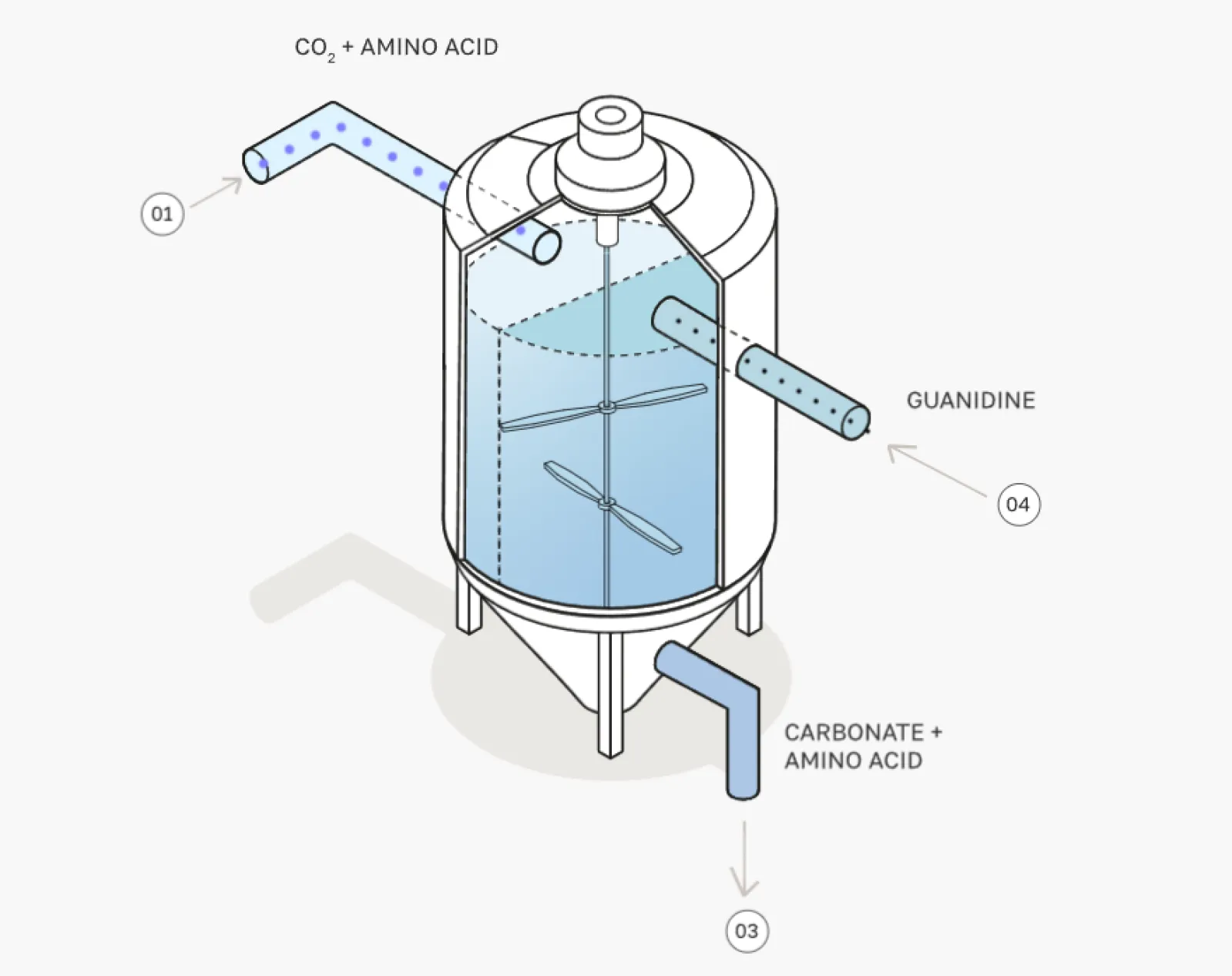Follow us on Google News (click on ☆)
This commitment marks an important step in Google's journey towards carbon neutrality, a goal the company aims to achieve by 2030.

The partnership between Google and Holocene amounts to $10 million. The goal: to capture 100,000 tons of CO2 by 2032, a quantity equivalent to removing 20,000 gasoline cars from the road. This investment will allow Holocene to refine its still-developing technology.
Founded in 2022, Holocene has developed a unique approach to extracting CO2 from the air. Their method involves two chemical loops: the first captures the CO2 using amino acids, while the second releases it with mild heating. The gas can then be stored underground. This technology is significantly cheaper than current methods. According to Google, using low carbon heat sources or waste can make the process even more affordable. Holocene also stands out by using common industrial equipment.
However, even with this partnership, the impact remains modest. The direct capture sector is still in its infancy, with only a few plants worldwide. Although Google is a pioneer, they need to do more to offset their own emissions, which have risen by 48% over the past five years, largely due to the expansion of AI.
Other giants, like Microsoft, are also investing in similar technologies. However, experts insist: reducing emissions should remain the top priority before focusing on capturing them.
This partnership will enable Holocene to accelerate the implementation of its technologies. Their plants are expected to be able to capture 500,000 tons of CO2 per year in the future, but the road to a global impact remains long.
How does the solution work for capturing and storing CO2?
The CO2 capture process begins with an ingenious system where air is continuously passed through an artificial cascade enriched with amino acids. This method allows the carbon dioxide to bond with the molecules present in the water. This initial step is crucial for efficiently transferring CO2 from the atmosphere into the capture system. Next, a solution containing guanidine is added to attract the CO2 and transform it into a solid crystalline mass, making it easier to handle.
In the final step, this solid mass containing the CO2 is subjected to mild heat generated from renewable sources, releasing the CO2 in pure gaseous form. The gas is then captured and stored underground, where it can be permanently sequestered, insulated from any leaks by non-porous geological formations. The process uses specially designed wells to ensure that the CO2 does not contaminate groundwater and remains securely stored deep underground.